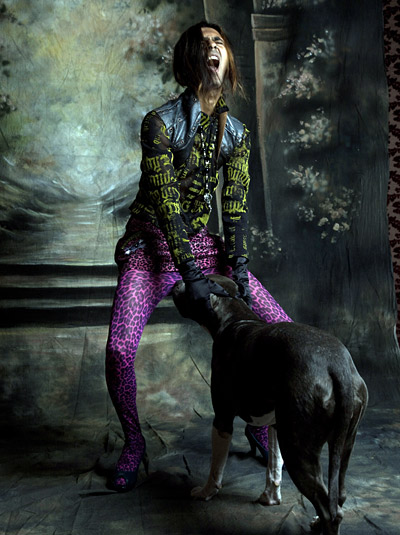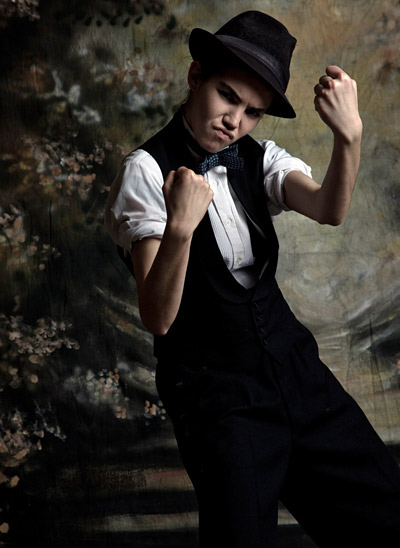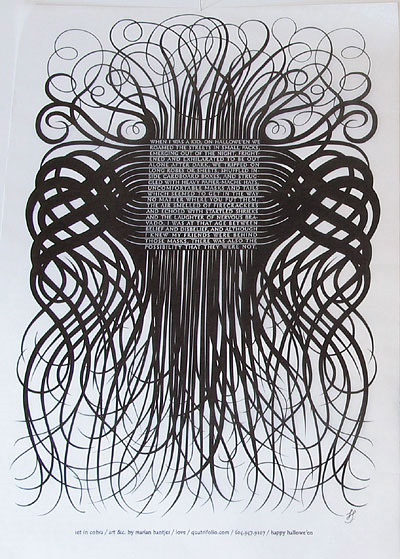
Top: Issue 01 (1984), Issue 22 (1992).
Bottom: Issue 32 (1994) & the final issue, 69 (2005).
I love any magazine that pulls you into a completely subjective universe through a unified front of design, tone and subject matter. The kind of magazine that shouts, “Hello! Welcome to my world! Get ready to be immersed.” Like a good horror film that forces you suspend your disbelief enough to feel, for two hours, that there really are flesh-eating parasites crawling through the phone lines, a powerful magazine should convince you, if only for the time that you read it, of its world view. Whether the goal of the magazine is to convince you that there are still paranormal mysteries in the world or that you do have someone akin to an older sister out there who understands your growing pains, every great magazine has always had a personality and a viewpoint.
All this week, I’ll be chronicling magazines from the past and the present that I think accomplished just that. We’ve already cited a few of our magazine love affairs – see our posts on Gent, Skin Two, Mad, Die Schönheit and Mondo 2000. Many magazines still deserve a mention. Like… you know that the Sassy blog post is coming. You know it. Cabinet. Merz. I don’t spoil all the surprises, so you’ll just have to wait and see. The magazine of the day, though, is Emigre. I’ve just discovered that there’s a wonderful gallery of Emigre covers and layouts, chronicling the magazine’s 69-issue existence from 1984 to 2005. From Wikipedia, a brief history:
Art-directed by Dutch-born Rudy VanderLans using fonts designed by his wife, Czechoslovakian-born Zuzana Licko, Emigre was one of the first publications to use Macintosh computers and had a large influence on graphic designers moving into desktop publishing (DTP). Its variety of layouts, use of guest designers, and opinionated articles also had an effect on other design publications. The focus of Emigre was both redundant and wandering — both positive qualities as a journal produced by a tight and evolving group of designers and writers with Vanderlans at the center…. The magazine began in 1984 with a focus on the émigré. The first eight issues were concerned with boundaries, international culture, travel accounts and alienation (as the issues’ titles suggest).
I discovered this magazine when researching fonts for the first issue of Coilhouse. I came across a font called Mrs. Eaves, designed by Zuzana Licko, and became fascinated by the font’s story and the designer behind it. As Ellen Lupton writes in Thinking With Type, “the font, inspired by the eighteenth-century designs by John Baskerville, is named after Sarah Eaves, Baskerville’s mistress, housekeeper and collaborator. The couple lived together for sixteen years before marrying in 1764.” This hidden history fascinated me, prompting me to research women in typography. Through this I arrived at Licko and Emigre. (We never did end up using Mrs. Eaves in Coilhouse… but you may recognize it from the lovely WordPress logo.)
It’s fascinating to see how Emigre both evolved and stayed loyal to its roots during its 20 years of publication. Start at the beginning and enjoy! [Thanks, Joe.]

















